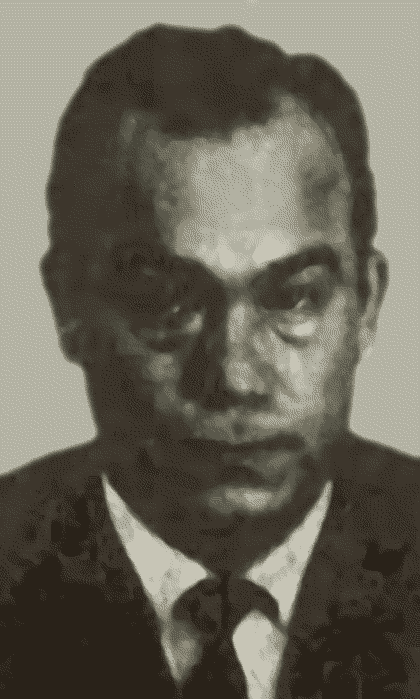The FBI makes every effort to hide the identities of its confidential underworld informants. Unlike the famous Joe Valachi and other Bureau cooperating witnesses, who exchange public testimony for government protection, confidential informants continue in their dangerous underworld roles during their furtive feeding of information to investigators. So, the FBI's secrecy regarding informants is vital... to a point.
For some reason, the Bureau insists on keeping informants' identities confidential even long after the informants have passed away, through natural or "unnatural" causes.
In reports, the FBI refers to its informants only by code numbers. Before any reports are made available to the public, revealing details about the informants are deleted. But subtle clues to their identities may remain within the text.
For years, Toronto-based crime historian Edmond Valin has been combing through publicly available information, including declassified files of the FBI, for these clues. He has shown a remarkable ability to discover the identities of some of the most important and most secret Mafia turncoats by comparing seemingly insignificant details from different documents.
Valin has consented to allow the American Mafia history website to publish a collection of his ground-breaking articles online. These articles, grouped under the heading of "Rat Trap," deal with informants from major U.S. Mafia organizations, including the Chicago Outfit, the Philly Mob, the Bonanno Crime Family and the Gambino Crime Family. Six articles are in the collection at this time, and more are on the way.
Valin's often shocking conclusions are painstakingly defended through document citations (many of the related documents can be accessed online through links provided in the articles' endnotes).
Visit Edmond Valin's Rat Trap articles.











